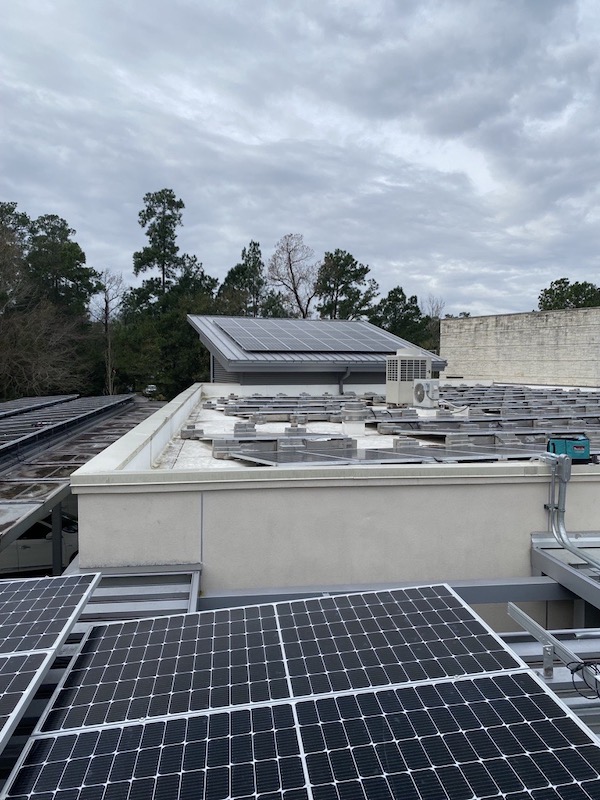The food industry has often invested in technology for an edge. In the 19th and 20th centuries, bananas drove the advancement of cooling technologies. Tea led to the development of faster ships, the famous Clippers that raced between East and West to get the best tea prices. American farmers used ice hewn from lakes to ship unspoilt goods to Europe, all but destroying the uncompetitive British agriculture industry.
The modern food industry remains at the cutting edge. Modern food and beverage companies have to be very flexible to stay competitive: from disease and food hygiene to new regulations and taxes to evolving customer tastes to even nature’s temperaments, it’s a dynamic market.
“We have a lot of customers in the Cape, not just for grapes, but fruits, bread and more,” says Doug Hunter, Manager of Professional Services at Syspro Africa. “They all use water and the rain’s not there. So you don’t want waste. Monitoring and tracking usage is key. If you need water, but don’t use all of it, in the past you’d just absorb it and someone else paid for it. But, as the resource becomes scarcer, it becomes more expensive. You have to track it to minimise waste.”

A dynamic industry
Food companies face the general challenges of manufacturing, but also experience more nuanced impacts. A steel manufacturer might get away with a product that is not quite the same colour, but an off-colour peach or inconsistent-looking milkshake will immediately turn off customers. This is why banana companies invested so much in cooling and shipping: even though a brown a banana is perfectly fine, nobody will buy one. For food and drinks, perceived quality is as important as real quality.
Customers are growing more specific and pedantic, and that pressure is sent down the line to manufacturers. Food companies have to be flexible and creative with new product lines if they wish to survive, says Hunter: “You can make batch-lots of diverse products to serve the market that change the manufacturing process. You might blend batches to order, maybe one thing for retailer A and another for retailer B. And then you have to be able to track where they went, and what you used, just in case there’s trouble and you need to recall certain but not all batches. Some companies used to make five fruit juices, now they make 50. You have to control the ingredients and cost on that. That requires specific transactions across the business.”
The above is compounded by retailer listings. Getting a retailer to accept a list of your products is a feat, while ensuring they stay there and benefit from good shelf exposure requires a high level of range, on-time delivery and consistency. This has to be married to flexibility in order to meet the demands of buyers. Some might want quality at a low price, other want to know the origins, the food heritage, and even others expect healthy pre-packaged food portions for their lunch crowds.
Retailers look at food companies to fulfil those wishes. This equates to a lot of risk and moving parts for the manufacturer, which, rather than extending existing facilities, might acquire a smaller player in order to meet a new product demand, adding yet more complexity. It is not hard to appreciate why ERP systems are crucial to this environment.
Modern ERP for modern food service
But are ERPs keeping up? Hunter doesn’t think so: a veteran of the space, he points out that being able to adapt, scale and evolve are becoming very crucial to an ERP’s usability in the space. Traditional ERP platforms can’t do this as well as agile cloud-driven solutions. Mature companies know this: “In the mid-market, the mature companies understand the value of IT in this and are pushing us to bring new functions into our software, such as an extended quality management system. Mature companies are very keen to do more things and new things. It is a more agile market.”
Cost is another factor: traditional ERPs can be expensive, if not to procure then to customise. They don’t move with the business as much as the business moves with them. In a market where many factors – price, health, regulations and customer expectations – have to be balanced with procurement, ingredients, bulk material preparation and short life cycles, modern ERPs have to enrich insight, planning and execution.
But they don’t just offer to address current issues. As with many of the modern agile solutions that are on the market, new ERPs can stimulate new lines of business, says Hunter: “You can look at what channels work for you. For example, some companies are developing e-commerce so consumers can buy directly. A retail shopper buying a case directly from you every week is quite profitable. But you have to be able to adapt and evolve.”
The story behind a plate of food is an incredible one, spanning companies and communities. Food is one of humanity’s greatest resources and certainly a shining star among South Africa’s crown jewels. But, like a juicy red apple, the window for success is fleeting, so the more agile a food company can be, the better it will do.



